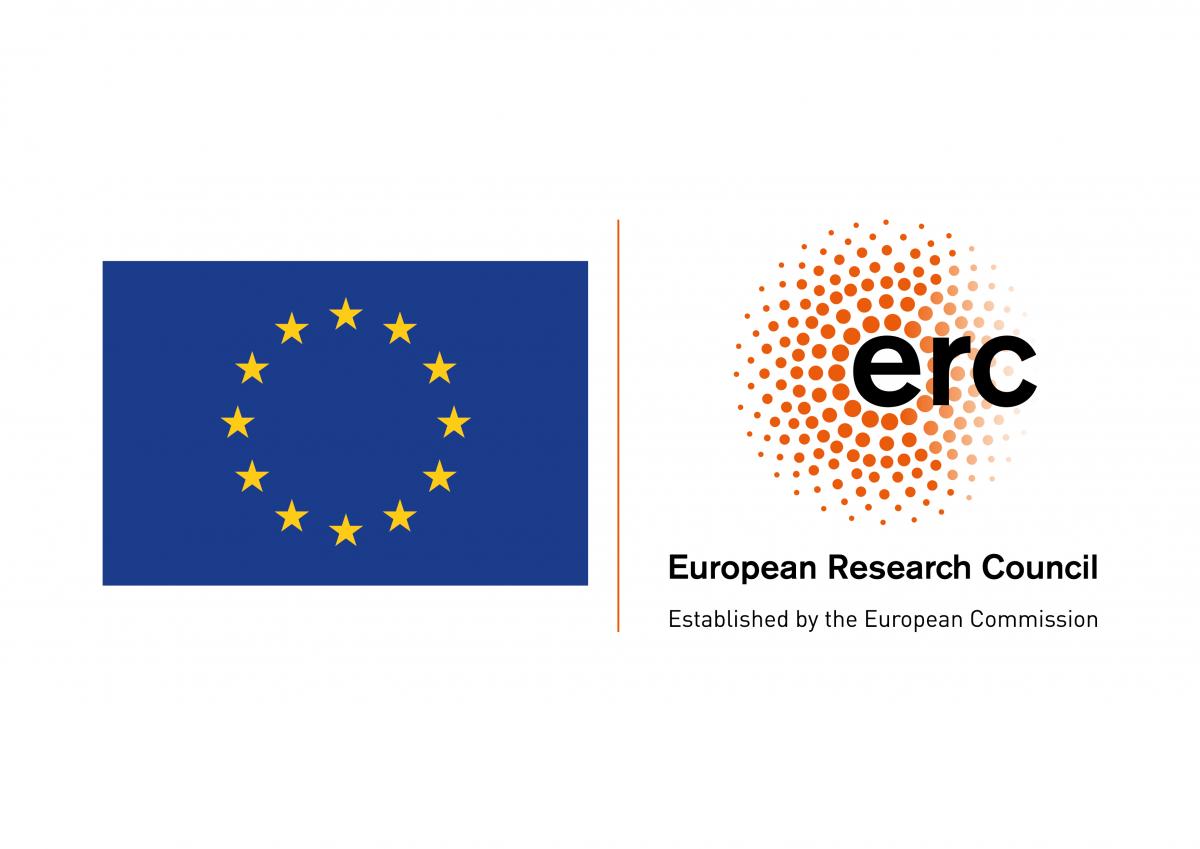RELEVANCE: How body relevance drives brain organization

Research Area:
Neural and Computational Principles of Action and Social ProcessingResearchers:
Martin A. Giese; Michael Stettler; Nick Taubert; Albert Mukovskiy; Winfried Ilg; Lucas M. Martini; Prerana Kumar; Alexander Lappe;Collaborators:
Rufin Vogels (KU Leuven); Bea de Gelder (Maastricht University)Proposed start date:
2020-07-01Proposed end date:
2025-06-30Project page:
http://www.kuleuven.be/english/research/EU/p/horizon2020/es/erc/relevanceDescription:
Social species, and specifically human and non-human primates, rely heavily on conspecifics for survival. Considerable time is spent watching each other’s behavior because this is often the most relevant source of information for preparing adaptive social responses. The project RELEVANCE aims to understand how the brain evolved special structures to process highly relevant social stimuli like bodies and to reveal how social vision sustains adaptive behavior. This requires a novel way of thinking about biological information processing, currently among the brains’ most distinctive and least understood characteristic that accounts for the biggest difference between brains and computers.
The project will develop a mechanistic and computational understanding of the visual processing of bodies and interactions and show how this processing sustains higher abilities such as understanding intention, action and emotion. Relevance will accomplish this by integrating advanced methods from multiple disciplines. Crosstalk between human and monkey methods will establish homologies between the species, revealing cornerstones of the theory. Physiologically inspired neural and deep neural network models will help to understand the dynamic mechanisms of neural processing of complex social stimuli and its task-dependent modulation.
RELEVANCE aims at uncovering novel principles of the processing of social stimuli that might inspire novel diagnostic and treatment approaches. We aim to model the visual recognition of bodies, actions and interactions. The goal is to use different computational approaches to ultimately predict and explain experimental data. In neuropsychiatry, and which might inspire Nobel architectures for the processing of socially relevant information in computer and robotic systems.
This project has received funding from the European Research Council (ERC) under the European Union's Horizon 2020 research and innovation programme (grant agreement n° 856495).
Subprojects
Uncovering the neural mechanisms of the neural encoding of visually perceived body, action and social stimuli requires highly controlled and parameterized stimuli. Neurophysiological experiments require such stimuli for monkeys, which we generate by combining cutting edge methods for marker less tracking with methods from computer animation.
Bodies represent high-dimensional and dynamically changing stimuli. Based on highly-controlled stimuli that we developed, and which have been used by our collaboration partners in Leuven and Maastricht, we develop neural models that explain physiological and fMRI data.
Mirror neurons in premotor and parietal cortex link visual processing and the neural encoding of motor behavior. We try to identify their exact computational role in terms of visual and motor encoding, and the representation of motor programs.
